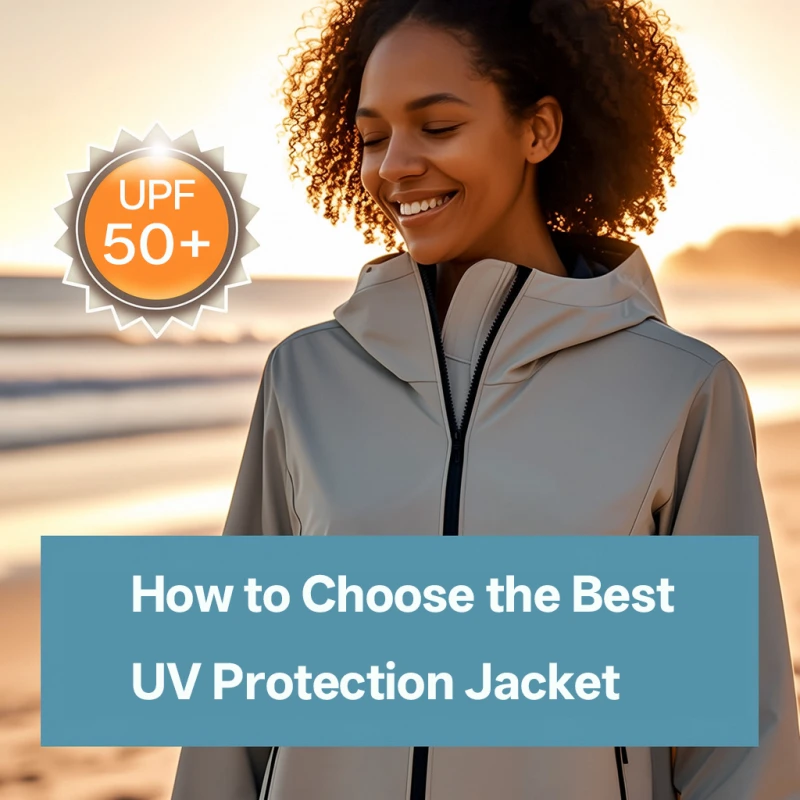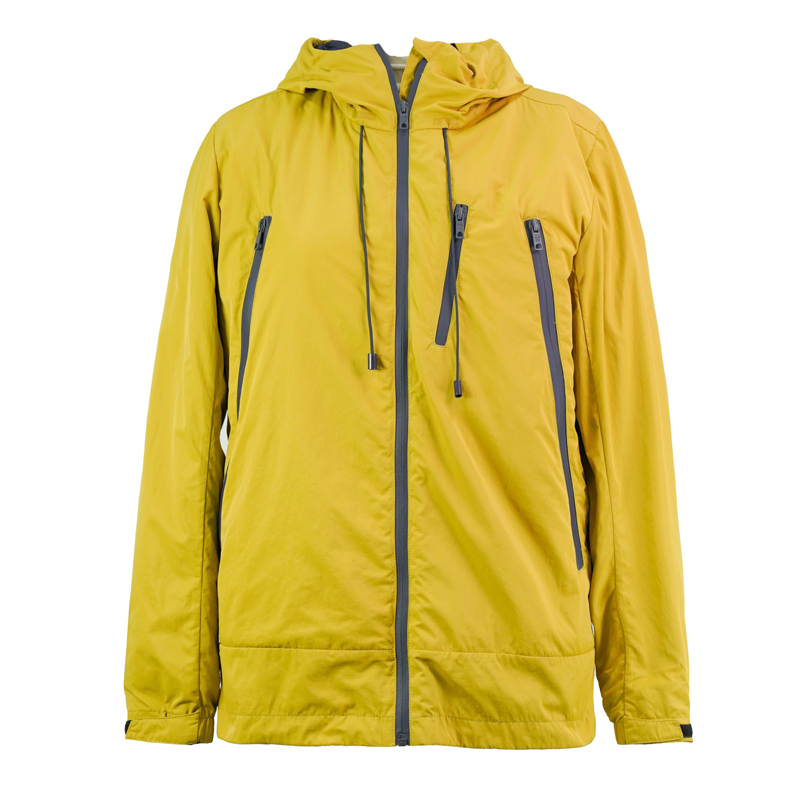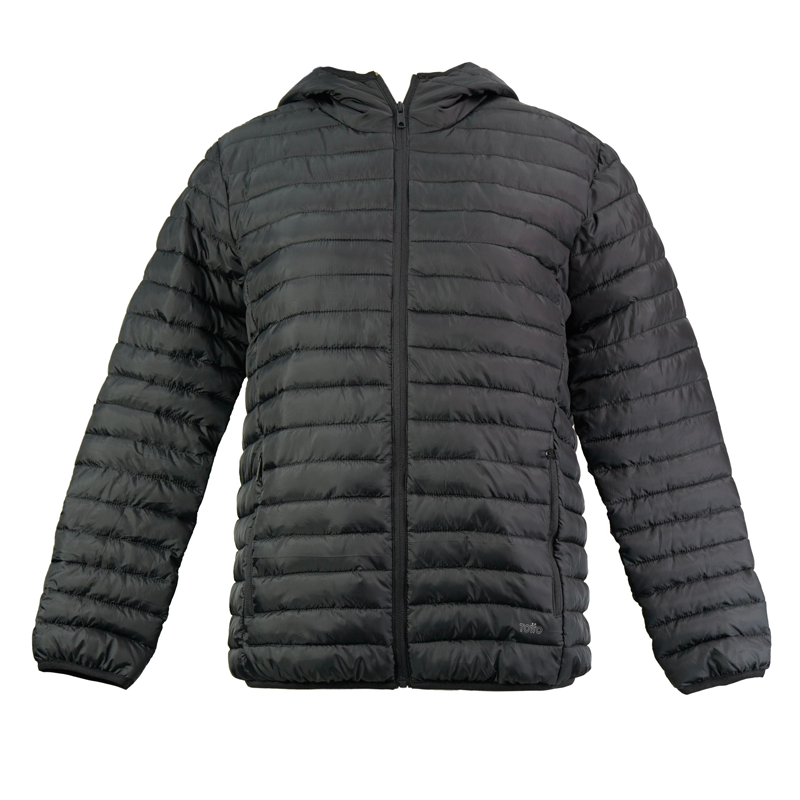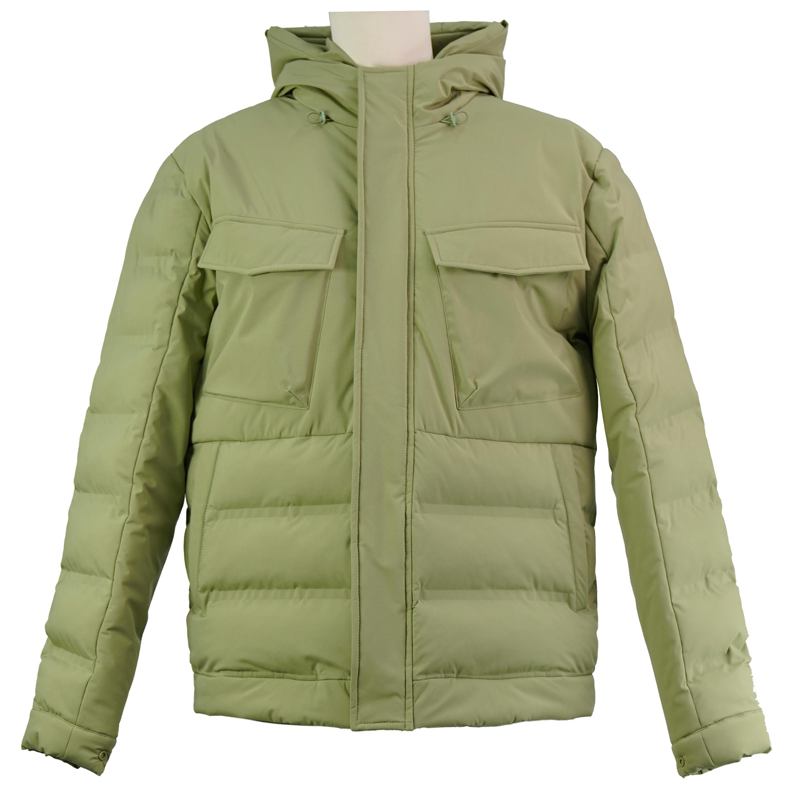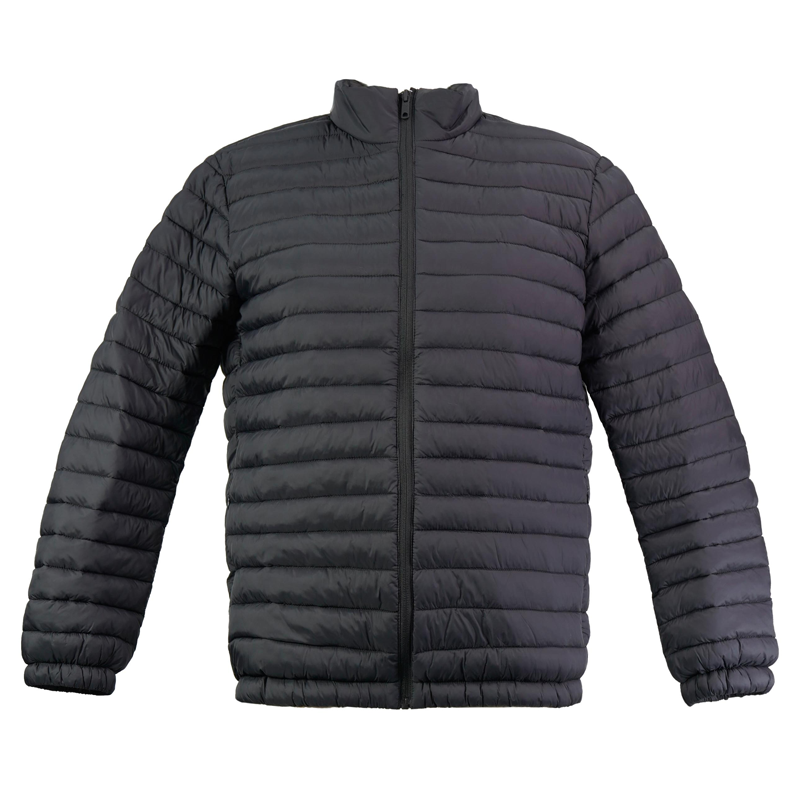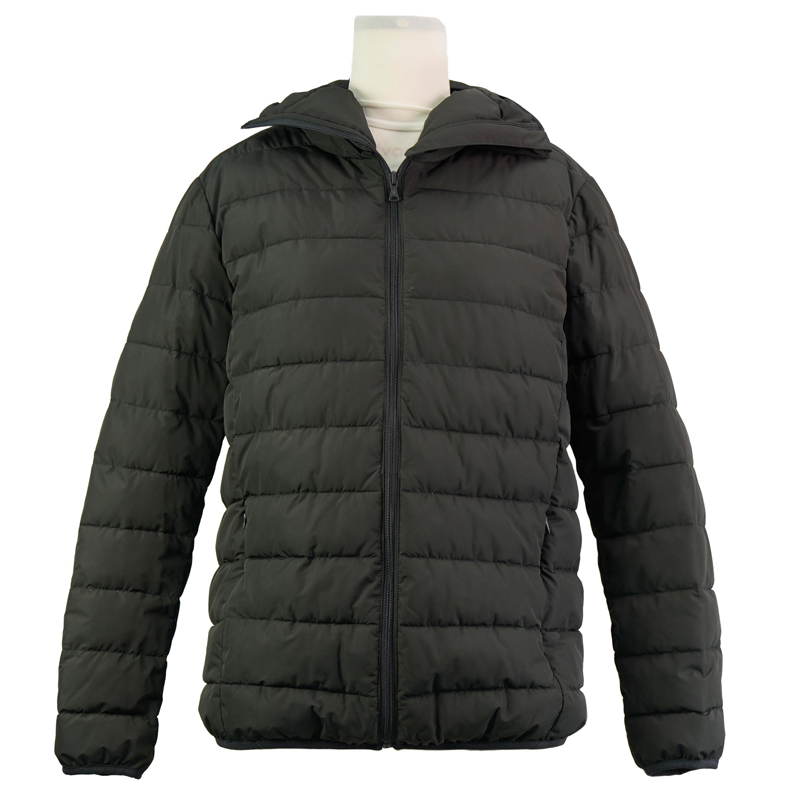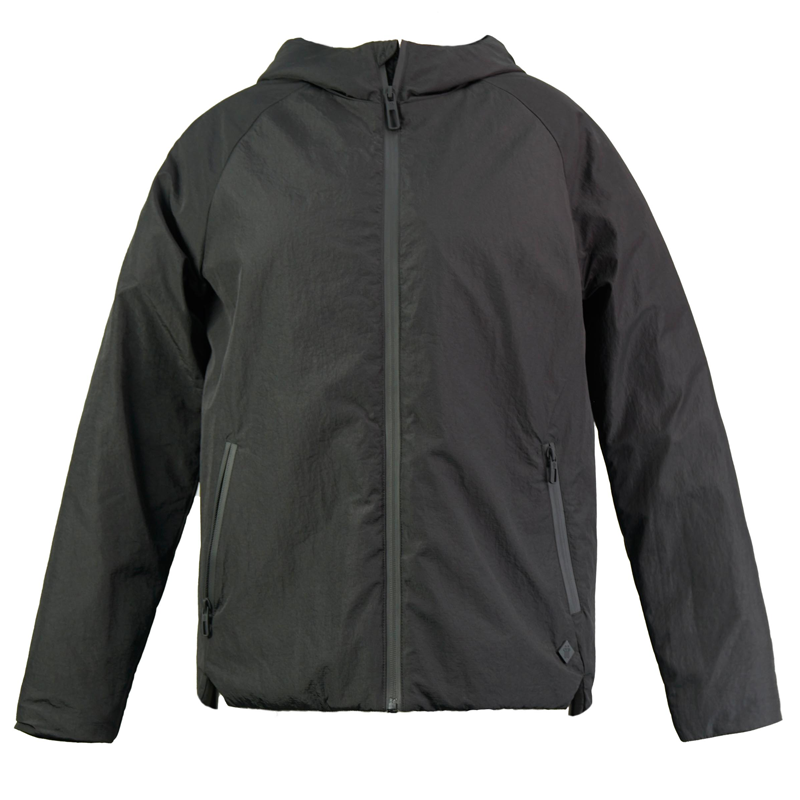1. Introduction
Hook:
Did you know that up to 80% of harmful UV rays can pass through clouds, even on overcast days? Or that regular clothing like cotton T-shirts only offer a UPF of 5–7, leaving your skin exposed to sun damage even when you think you’re protected?
Raise Questions:
Is your everyday jacket truly protecting you from UV radiation? Can you rely solely on sunscreen for all-day outdoor exposure?
Article Purpose:
This guide is designed to help you understand UPF (Ultraviolet Protection Factor) ratings and how to choose the right UV protection jacket based on your lifestyle, skin sensitivity, and environment—so you can protect your skin effectively while staying comfortable and stylish.
2. What is UPF Rating? (UPF Ratings Explained)
Definition of UPF:
UPF stands for Ultraviolet Protection Factor and measures how much UV radiation a fabric blocks. It's different from SPF (Sun Protection Factor), which applies to skincare products.
UPF = Fabric protection
SPF = Skin product protection
How it works:
For example, a UPF 50 jacket allows only 1/50th of UV rays to pass through, meaning it blocks 98% of harmful radiation.
UPF Rating Standards:
UPF 15–24: Basic protection (blocks ~93–95% of UV)
UPF 25–39: Good protection (blocks ~96–97%)
UPF 40–50+: Excellent protection (blocks ~97.5–99%)
Tip: UPF 50+ is the gold standard, especially recommended for sensitive skin or high UV environments.
Common Misunderstandings:
Dark colors ≠ automatically better UV protection. Protection depends more on fabric density and treatment than color alone.
Cotton T-shirts are not sun protective. Most provide only UPF 5–7, leaving your skin at risk during extended exposure.
3. How to Choose the Best Sun Protection Jacket (Key Selection Criteria)
1. UPF Rating
Always check the UPF tag.
Choose UPF 40–50+ for reliable protection, especially if you'll be outdoors for long hours or have fair/sensitive skin.
2. Material and Breathability
Recommended: Polyester, nylon, or spandex blends—tightly woven and naturally UV resistant.
Avoid: Heavy or loosely woven fabrics (like denim or cotton) that offer little protection and poor airflow.
Breathability matters: Look for mesh panels or moisture-wicking fabrics for hot climates.
3. Coverage and Design
Opt for long sleeves, hoods, thumb holes, and high collars to maximize covered skin.
Some jackets come with built-in face covers or mask hoods for full head/neck shielding.
Features like zippered vents and rollable sleeves balance sun protection with comfort.
4. Color and UV Effect
Dark colors block more UV but can feel hotter.
Light colors reflect visible light, staying cooler, but need higher UPF fabric to protect effectively.
Choose based on activity: hiking in heat = light + UPF 50+; fishing = dark + breathable.
5. Additional Functionalities
Waterproof & Quick-Dry: Ideal for beach, paddleboarding, or wet conditions.
Mosquito-Repellent Coating: Great for camping or forest hiking.
Anti-chlorine & salt resistance: Must-have for marine sports.
4. Recommendations for Different Scenarios (By Use Case)
Daily Commuting
Look for lightweight, stylish, and easy-to-layer options.
Brands like Uniqlo’s UV Cut series offer casual sun protection without bulk.
Outdoor Sports
Choose breathable, abrasion-resistant jackets with UPF 50+.
Brands like Patagonia or Columbia provide technical sunwear with ventilation and full coverage.
Water Activities
Go for rash guards or zip-up sun jackets that dry fast and resist chlorine/salt.
Look for flat seams to avoid chafing and fabrics that maintain UPF when wet.
5. Maintenance and Durability (Maintenance Tips)
To ensure long-term UV protection:
Wash gently: Hand wash in cold water or use a delicate cycle.
Avoid bleach, softeners, or dryers, which can degrade protective coatings.
Air dry only to preserve fabric integrity.
Inspect regularly: Over time, friction and repeated washing can reduce UPF effectiveness.
Bonus Tip: Some brands offer UV protection re-treatment sprays to extend jacket life.
6. Frequently Asked Questions (FAQ)
Do UPF jackets eliminate the need for sunscreen?
Answer:
Not entirely. While UPF jackets cover and protect most of your skin, sunscreen is still needed on exposed areas—like hands, face, and neck—especially if your jacket lacks a hood or gloves.
Do children need special UPF jackets?
Answer:
Yes! Children’s skin is thinner and more vulnerable to UV damage. Choose loose-fitting, UPF 50+ jackets for toddlers and children, ideally with hoods and full sleeves.
7. Conclusion
Choosing the right UV protection jacket goes beyond picking a pretty design—it’s about skin safety, comfort, and long-term health.
Key takeaways:
Always choose UPF 50+ for maximum protection.
Look for synthetic, tightly woven, breathable materials.
Consider the usage scenario—whether for commuting, sports, or water play.
Maintain your jacket well to keep its UPF integrity intact.
Invest in a quality UV protection jacket today—because protecting your skin now can prevent serious health issues later. Stay sun-safe, stylish, and smart.
Introducing JIANGSU OVERSEAS FAREAST INDUSTRIAL CO., LTD.
Established in 2016, JIANGSU OVERSEAS FAREAST INDUSTRIAL CO., LTD. is a leading garment and textile import-export company under the JIANGSU OVERSEAS GROUP CO., LTD. (JOC Group). Specializing in the design, processing, production, and sales of various garments and textiles, the company has carved a niche in producing high-quality UV protection clothing.
With a robust infrastructure comprising a design center, sample center, and R&D center in China, and a self-owned factory equipped with 10 garment production lines, the company boasts a monthly production capacity of 80,000 garments. Additionally, overseas factories and offices in Myanmar, Vietnam, and Cambodia employ over 4,000 personnel, contributing to an annual production capacity of about 10 million garments.
The company's commitment to "integrity, quality, efficiency, and win-win" has fostered stable partnerships across Europe, the USA, Australia, and other regions. Their UV protection jackets are a testament to their dedication to innovation and quality, offering consumers reliable sun protection without compromising on style.
